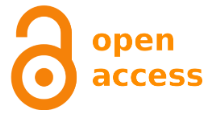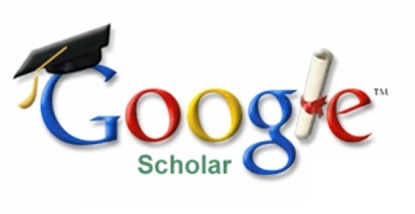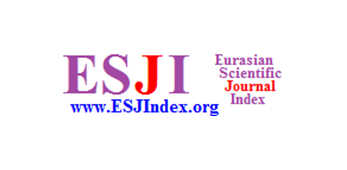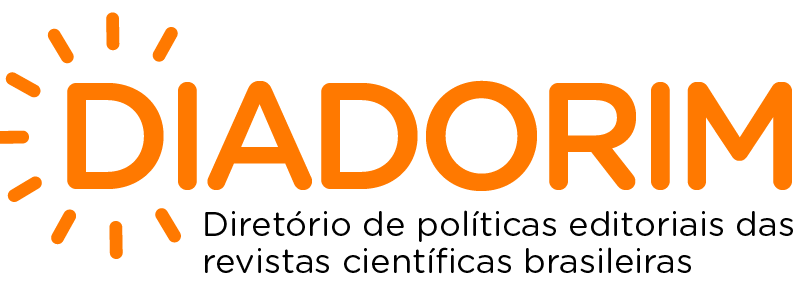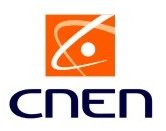Webtoon
From the Digital Support to the Multimedia Hipergenre on Comics
DOI:
https://doi.org/10.5433/2237-4876.2024v27n2p65-74Keywords:
Webtoon, Comics, HypergenderAbstract
This paper proposes to analyze the phenomenon of Webtoon in its conceptual complexity, which involves everything from the construction of reading platforms to the creation of a new style of comics. The aim is to describe how the concept of webtoon has evolved over the years, starting from digital comics and a more restricted version of what we call webcomics. It also aims to analyze how the main characteristics of the format affect production and consumption. Among the distinctions analyzed, we present the authorial intention, the issue of the software used for reading, the use of animation and audio, and finally the final destination of the product. The research was conducted through bibliographic and documentary analysis focusing on the conceptualization of the comic book hypergenre proposed by Paulo Ramos and the conceptualization of the format by Sean Kleefeld. We find that webtoon is a powerful comic book format with potential in various areas due to its ease of multimedia and narrative adaptation.
Downloads
References
BARBIERI, Daniele. As linguagens dos quadrinhos. São Paulo: Peirópolis, 2017.
BURKE, Peter. Hibridismo Cultural. São Leopoldo: Editora Unisinos, 2003.
DENIS, Sébastien. O Cinema de Animação. Lisboa: Edições Texto & Grafia, 2010.
FRANCO, E. HQtrônicas: do suporte papel à rede internet. 2001. Dissertação (Mestrado em Artes) – Unicamp, Campinas, 2001. Disponível em: http://www.repositorio.unicamp.br/hand le/REPOSIP/284201.
JENKINS, H. Cultura da convergência. 2. ed. São Paulo: Aleph, 2009.
KLEEFELD, Sean. Bloomsbury Comics Studies Webcomics. New York: Bloomsbury Academic, 2020. DOI: https://doi.org/10.5040/9781350028210
KOZHAKHMETOVA, Dinara. Soft Power of Korean Popular Culture in Japan: K-Pop Avid Fandom in Tokyo. Master's Program in Asian Studies, Centre for East and South-East Asian Studies, Lund University, Lund, 2012
LUIZ, Lucio (Org.). Os Quadrinhos na era digital: HQtrônicas, webcomics e cultura participativa. Nova Iguaçu, RJ: Marsupial Editora, 2013.
MUNIZ, I. M. As possibilidades narrativas das webcomics. In: JORNADAS INTERNACIONAIS EM HISTÓRIAS EM QUADRINHOS, 4., 2017, São Paulo. [Anais]. São Paulo: USP, 2017. Online. Disponível em: http://www2.eca.usp.br/anais2ajornada/anais1asjornadas.php. DOI: https://doi.org/10.11606/issn.2316-9877.v7i1-2p4
NOGUEIRA, Natania Aparecida da Silva. De Webtoons a K-dramas: as adaptações de manhwas e as tendências lançadas pela Korean Wave. Revista Cajueiro: Ciência da Informação e Cultura da Leitura, [S. l.], v. 3, n. 2, p. 235–265, 2022. Disponível em: https://periodicos.ufs.br/Cajueiro/article/view/17550.
NYE, Joseph S. Bound to Lead: The Changing Nature of American Power. New York: Basic Books, 1991.
OLIMPÍADA 88. São Paulo: Editora Abril, 1988.
OSEMAN, Alice. Heartstopper, Vol. 1. Londres: Hodder Children’s Books, 2019.
PEGORARO, Celbi. As duas Coreias nos Quadrinhos: representação dos países no olhar do Ocidente. Fronteiras, 20(36), 52–70, 2018. https://doi.org/10.30612/frh.v21i36.9416 DOI: https://doi.org/10.30612/frh.v21i36.9416
PRESSER, Alexandra. Mobile Comics: um guia de parâmetros para desenvolvimento de histórias em quadrinhos digitais focados na leitura em tela pequena. 175p. Tese de Doutorado. Programa de Pós-Graduação em Design, Universidade Federal de Santa Catarina. Florianópolis, 2020.
RAMOS, Paulo. Histórias em quadrinhos: gênero ou hipergênero? Revista do GEL, São Paulo, n.3, set./dez. 2009. Disponível em: <http://www.gel.org.br/estudoslinguisticos/volumes/38/EL_V38N3_28.pdf>.
RAMOS, Paulo. A leitura dos quadrinhos. São Paulo: Contexto, 2010.
Downloads
Published
How to Cite
Issue
Section
License
Copyright (c) 2024 Celbi

This work is licensed under a Creative Commons Attribution-NonCommercial-NoDerivatives 4.0 International License.
This journal reserves the right to make, in the originals, normative, orthographic and grammatical modifications in order to maintain the standard language and the credibility of the publication. It will respect, however, the authors’ style of writing. Modifications, corrections and suggestions of conceptual order will be forwarded to the authors, if necessary. In these cases, the papers, once appropriate, should be submitted to a new appreciation. The final examinations will not be forwarded to the authors. Works published become property of Signum, being its total or partial reprint subject to an explicit authorization of the journal. In all subsequent quotes the original source of publication should be mentioned, in case, in Photographic Discourse. Opinions emitted by the authors are their exclusive responsibility.




